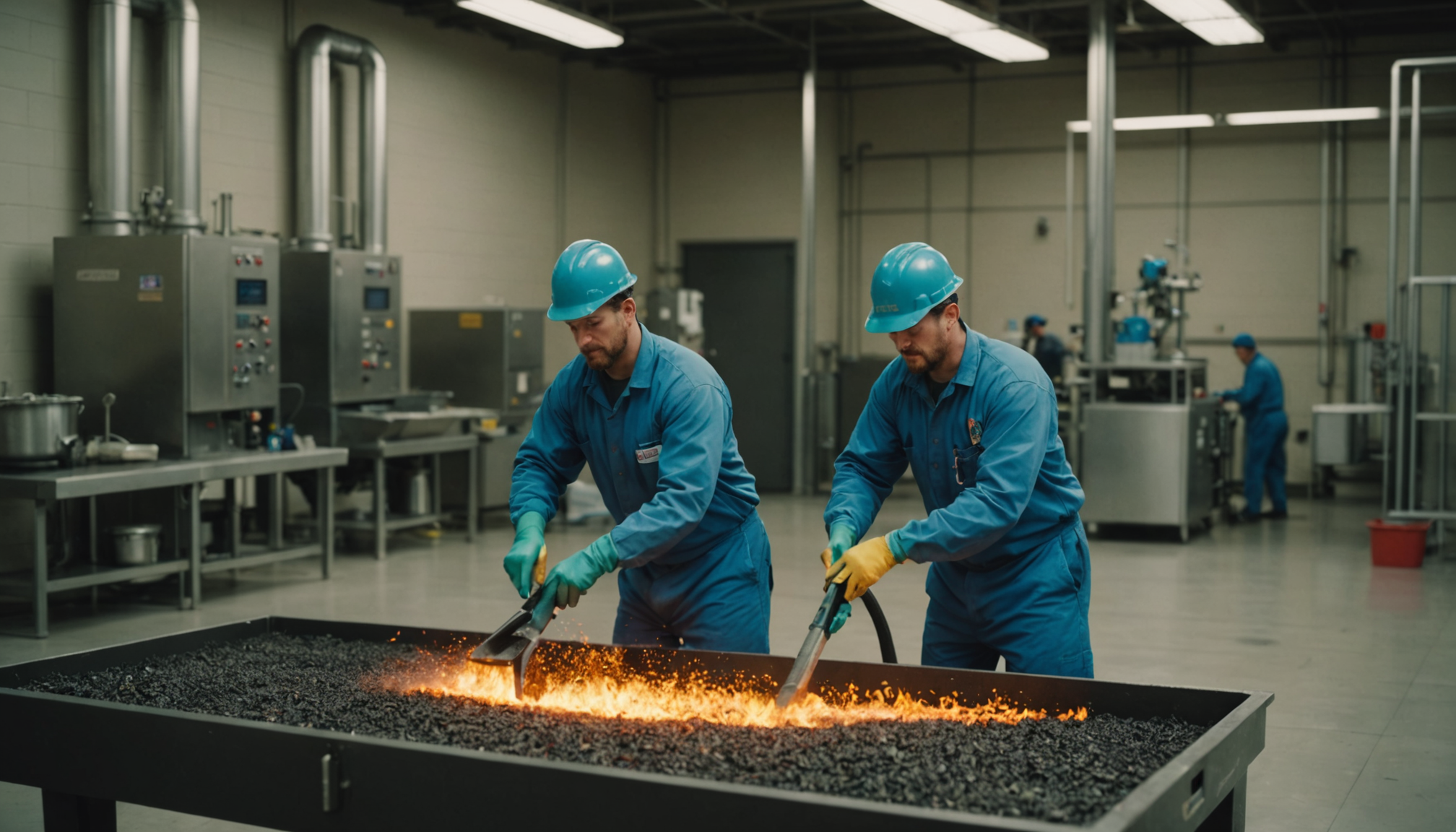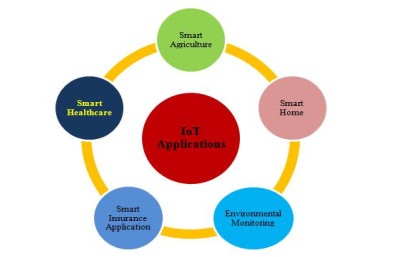
Idaho Cleanup Project Advances Environmental Goals through Radioactive Waste Removal
Introduction
In Idaho Falls, Idaho, a significant environmental cleanup milestone was achieved by the Idaho Cleanup Project, which successfully removed thousands of pounds of legacy radioactive waste from a hot cell at the Idaho Nuclear Technology and Engineering Center’s New Waste Calcining Facility (NWCF). This operation supports multiple Sustainable Development Goals (SDGs), particularly SDG 6 (Clean Water and Sanitation), SDG 9 (Industry, Innovation, and Infrastructure), and SDG 12 (Responsible Consumption and Production).
Background and Importance
The NWCF hot cell had been used for decades as a repository for radioactive equipment, debris, and waste boxes, much like a “junk drawer.” This accumulation restricted access to critical valves located in a pit within the hot cell. These valves serve as a vital midpoint for transferring liquid radioactive waste from underground tanks to the Integrated Waste Treatment Unit (IWTU), which treats nearly 567,000 gallons of sodium-bearing liquid waste—a byproduct of historic nuclear fuel reprocessing activities that ended in 1992.
Infrastructure and Legacy Operations
- The NWCF was originally designed to solidify liquid tank waste through a calcining process, converting millions of gallons of liquid waste into granular solids.
- These solids are stored in six bin sets, currently holding 4,400 cubic meters of material.
- The hot cell, a heavily shielded concrete room, provided radiation protection during these legacy operations.
Cleanup Process and Safety Measures
- Exposed pipes were wrapped with lead blankets to control radiation.
- Sticky mats were installed to prevent contamination spread within the hot cell.
- Personnel wore personal protective equipment and filtered breathing masks to ensure safety.
- Eighteen waste boxes, ranging from 90 to 225 cubic feet, containing cords, power equipment, plastic totes, and debris, were carefully removed using a crane.
Outcomes and Impact
- Nearly 27,000 pounds of radioactive debris were removed, clearing the hot cell and enabling easier access to essential valves.
- The cleanup enhances operational efficiency for transferring liquid waste to the IWTU treatment facility.
- The project exemplifies responsible environmental management aligned with SDG 12 by safely handling hazardous waste.
- Improved infrastructure supports SDG 9 by fostering innovation and sustainable industrial processes.
- By advancing treatment of radioactive liquid waste, the project contributes to SDG 6 by protecting water resources from contamination.
Leadership and Teamwork
Bill Kirby, Chief Operating Officer for the U.S. Department of Energy Office of Environmental Management cleanup contractor Idaho Environmental Coalition, praised the teamwork and flawless execution of the cleanup operation. He emphasized the responsibility taken in addressing legacy contamination, stating, “We didn’t create the mess, but we responsibly cleaned it up.”
Conclusion
The Idaho Cleanup Project’s recent removal of radioactive waste from the NWCF hot cell marks a critical step forward in sustainable environmental management. This initiative not only mitigates radiological hazards but also aligns with global Sustainable Development Goals by promoting safe, innovative, and responsible waste treatment practices.
Contributor: Erik Simpson
1. Which SDGs are addressed or connected to the issues highlighted in the article?
- SDG 6: Clean Water and Sanitation – The article discusses the treatment of radioactive liquid waste, which is crucial for preventing contamination of water sources.
- SDG 7: Affordable and Clean Energy – The legacy nuclear fuel reprocessing and waste treatment relate to energy production and management of nuclear energy byproducts.
- SDG 12: Responsible Consumption and Production – The cleanup and proper handling of radioactive waste demonstrate responsible management of hazardous materials.
- SDG 13: Climate Action – Environmental cleanup efforts contribute to reducing environmental hazards and mitigating climate-related risks.
- SDG 15: Life on Land – Removing radioactive waste reduces land contamination and protects terrestrial ecosystems.
2. What specific targets under those SDGs can be identified based on the article’s content?
- SDG 6 – Target 6.3: Improve water quality by reducing pollution, eliminating dumping and minimizing release of hazardous chemicals and materials.
- SDG 7 – Target 7.a: Enhance international cooperation to facilitate access to clean energy research and technology, including nuclear energy.
- SDG 12 – Target 12.4: Achieve environmentally sound management of chemicals and all wastes throughout their life cycle.
- SDG 13 – Target 13.1: Strengthen resilience and adaptive capacity to climate-related hazards and natural disasters.
- SDG 15 – Target 15.1: Ensure the conservation, restoration, and sustainable use of terrestrial and inland freshwater ecosystems.
3. Are there any indicators mentioned or implied in the article that can be used to measure progress towards the identified targets?
- Indicator for SDG 6.3: Volume of hazardous liquid waste safely treated and removed (e.g., nearly 567,000 gallons of sodium-bearing liquid waste treated).
- Indicator for SDG 7.a: Number of facilities or projects advancing nuclear waste treatment technologies (e.g., Integrated Waste Treatment Unit operation).
- Indicator for SDG 12.4: Amount of radioactive debris and waste safely removed and managed (e.g., removal of almost 27,000 pounds of radioactive debris).
- Indicator for SDG 13.1: Reduction in environmental hazards through cleanup activities (implied by the removal of contaminated materials and improved safety conditions).
- Indicator for SDG 15.1: Area of land restored or cleared of radioactive contamination (implied by the cleanup of the hot cell and surrounding areas).
4. Table: SDGs, Targets and Indicators
| SDGs | Targets | Indicators |
|---|---|---|
| SDG 6: Clean Water and Sanitation | 6.3: Improve water quality by reducing pollution and hazardous materials. | Volume of hazardous liquid waste safely treated (e.g., 567,000 gallons of sodium-bearing liquid waste). |
| SDG 7: Affordable and Clean Energy | 7.a: Enhance cooperation for clean energy research and technology. | Number of nuclear waste treatment facilities/projects (e.g., Integrated Waste Treatment Unit). |
| SDG 12: Responsible Consumption and Production | 12.4: Environmentally sound management of chemicals and wastes. | Amount of radioactive debris removed (e.g., 27,000 pounds of radioactive debris). |
| SDG 13: Climate Action | 13.1: Strengthen resilience to climate-related hazards. | Reduction in environmental hazards via cleanup (implied by removal of contaminated materials). |
| SDG 15: Life on Land | 15.1: Conservation and restoration of terrestrial ecosystems. | Area of land cleared of radioactive contamination (implied by hot cell cleanup). |
Source: energy.gov







